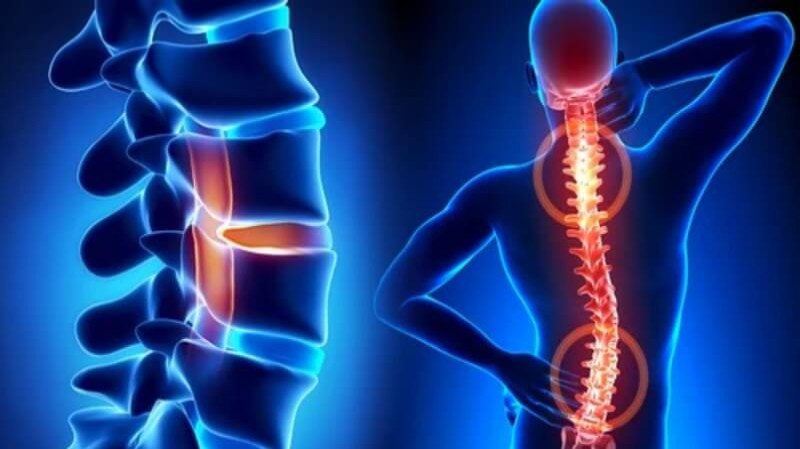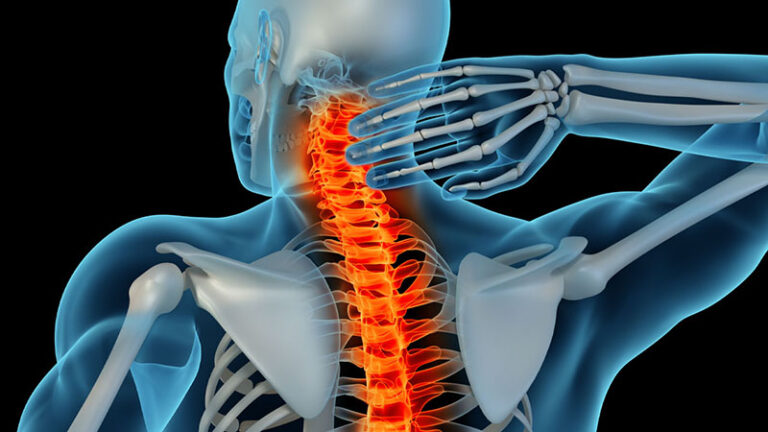Table of Contents
- What Are Spinal Cord Injuries?
- Types of Spinal Cord Injuries
- How Common Are Spinal Cord Injuries?
- Symptoms and Causes of Spinal Cord Injuries
- Diagnosis and Tests
- Treatment and Management of Spinal Cord Injuries
- Conclusion
What Are Spinal Cord Injuries?
Spinal Cord Injuries (SCI) occur when there is damage to the spinal cord, a thick bundle of nerve fibers responsible for transmitting signals between the brain and almost every other part of the body. These injuries vary from mild to severe, with potentially permanent consequences such as paralysis. The spinal cord is a key component of the central nervous system (CNS), and its disruption can affect bodily functions below the injury site.
Anatomy of the Spinal Cord and Injury Impact
The spinal cord, akin to a multi-lane highway, facilitates the movement of nerve signals between the brain and the body. Spinal cord injuries block this “traffic,” leading to the disruption of essential functions. Unlike real highways, the spinal cord lacks detours, meaning that severe injuries can result in permanent closures, causing paralysis and other debilitating symptoms.
Types of Spinal Cord Injuries
By Location
- Cervical Spine Injuries: Located in the neck, these injuries affect the spinal cord from the base of the skull to the shoulders.
- Thoracic Spine Injuries: Affecting the upper back to the area just below the belly button, these injuries can disrupt essential motor and sensory functions.
- Lumbar Spine Injuries: Located in the lower back, these injuries can affect movement and sensation in the legs and lower body.
- Sacral Spine Injuries: Occurring in the tailbone area, these injuries may affect functions such as bladder control, bowel movement, and sexual function.
By Severity
- Incomplete SCI: This type of injury allows partial nerve signal passage, leading to retained but limited functions below the injury site.
- Complete SCI: In this more severe type, all nerve signals are blocked, leading to total paralysis and loss of function below the injury.
How Common Are Spinal Cord Injuries?
Spinal cord injuries are relatively rare, with approximately 250,000 to 500,000 cases globally each year. In the United States alone, around 18,000 new traumatic SCI cases are reported annually. The majority of SCI victims are men, with an average injury age of 43 years old.
Symptoms and Causes of Spinal Cord Injuries
Common Symptoms of Spinal Cord Injuries
The symptoms of an SCI depend on the type of nerve signals affected:
- Sensory Symptoms: Pain, numbness, tingling sensations, and loss of touch sensitivity can occur when sensory nerve signals are disrupted.
- Motor Symptoms: Weakness, paralysis, and muscle spasms may result from damage to motor nerve pathways.
- Autonomic Symptoms: These symptoms involve involuntary processes, including irregular heart rate, blood pressure fluctuations, and issues with bladder and bowel control.
What Causes Spinal Cord Injuries?
Several factors can lead to spinal cord injuries, including:
- Motor Vehicle Accidents: These are the leading cause, contributing to over 37% of all SCIs.
- Falls: Responsible for about 31% of SCIs, falls are a significant risk, particularly among the elderly.
- Violence: This includes injuries from gunshot wounds and stabbing, accounting for approximately 15% of SCIs.
- Sports Injuries: High-risk sports such as diving and football contribute to about 8% of SCIs.
Other contributing factors include medical conditions like osteoporosis, tumors, infections, and autoimmune disorders like multiple sclerosis.
Learn More: 9 Ways to Remedy Age-Related Back Pain
Diagnosis and Tests
How Are Spinal Cord Injuries Diagnosed?
Diagnosing a spinal cord injury typically involves:
- Physical and Neurological Exams: These tests assess strength, sensation, and reflexes to determine the injury’s severity.
- Imaging Scans: CT and MRI scans provide detailed images of the spinal cord, identifying the extent of bone and soft tissue damage.
- Diagnostic Tests: Electromyography and nerve conduction tests evaluate electrical signals to pinpoint nerve or spinal cord damage.
Treatment and Management of Spinal Cord Injuries
Emergency Treatment
Immediate treatment is critical for trauma-related spinal cord injuries. Emergency responders prioritize stabilizing the spine to prevent further damage. In the hospital, treatment might involve:
- Surgery: To relieve pressure on the spinal cord and repair damaged areas.
- Medications: Steroids can reduce inflammation and swelling around the spinal cord.
- Traction and Support Devices: These are used to minimize movement and stabilize the injury.
Ongoing Treatment Options
There are also experimental treatments in development, including:
- Induced Hypothermia: Lowering body temperature to slow down tissue damage and reduce swelling.
- Neuroprotective Treatments: Medications that protect against further spinal cord damage.
- Neuroregenerative Treatments: Innovative approaches to stimulate the regeneration of nerve tissue.
Learn More: 5 Types of Self-Care for Every Area of Your Life
Conclusion
Spinal cord injuries are life-altering conditions that demand immediate medical attention and ongoing care. Understanding the types, symptoms, and available treatment options can help those affected navigate the challenges of recovery. Through advanced treatments and experimental therapies, there is hope for improved outcomes and quality of life for those living with spinal cord injuries.
For those facing the aftermath of spinal cord injuries, From The Heart Home Care provides compassionate support and specialized care to help individuals manage their condition and regain as much independence as possible. With personalized home care services, they strive to improve the overall well-being of each client, offering comfort and peace of mind during the healing process.




